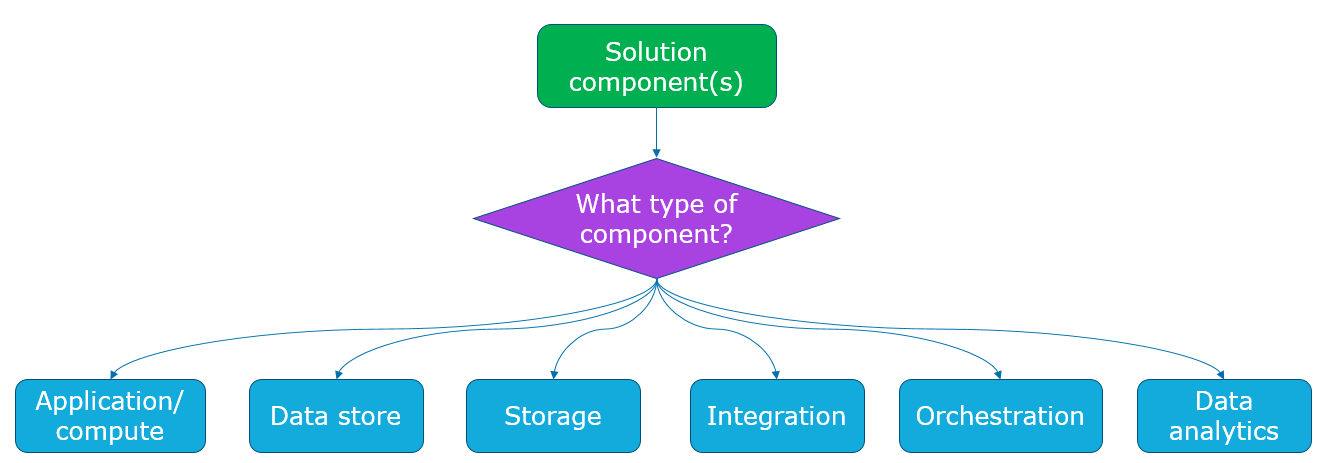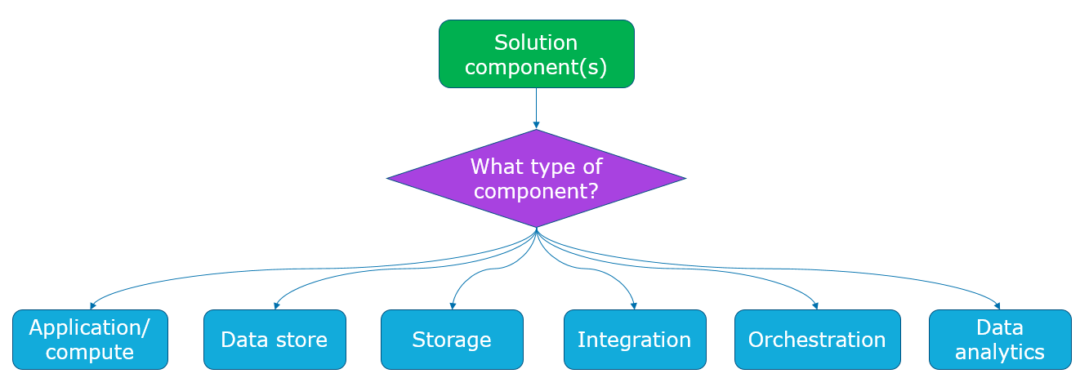Decision frameworks help make smart choices when migrating business applications to serverless services
Blog: Capgemini CTO Blog
From the pandemic to political uncertainties, today’s business environment is unprecedented, and companies are under increasing pressure to cut costs while increasing agility. This has made cloud adoption and serverless architectures more important than ever. The promise of the serverless paradigm includes high availability, easy scalability, no need to manage infrastructure, and the ability to pay only for services they require and only as they consume them. Taken together, these benefits result in organizations that are better able to respond to changing business scenarios – whether that’s seizing new opportunities or mitigating risks.
There are many choices to be made when developing a serverless solution. Not only is there a functional and non-functional range of requirements, but there are several cloud services. For example, in addition to Lambda, AWS offers more than 50 serverless services, plus more than 175 other cloud services – and that’s just one vendor.
The benefits of a decision framework
When I speak with decision makers, I’m often asked how they should decide which serverless services to use to build the business solutions they need and when to use them. Our recommended approach is to create a decision framework. A properly crafted decision framework is meant to help organizations take the right approach to migrating applications to the cloud. When done well, it:
- Recognizes that one size does not fit all. A decision framework will help identify which cloud-based solution is right for the needs at hand to help organizations go beyond Platform-as-a-Service (PaaS) or Infrastructure-as-a-Service (IaaS) solutions and embrace the benefits of serverless. For example, while single page applications will be a good fit for serverless if all actions and events are handled via API, a NodeJS-backed application may be the best fit on a PaaS platform.
- Drives architecture maturity. Serverless is the best-in-class architecture for cloud-based solutions. A decision framework helps organizations uncover opportunities to embrace serverless that they may not have recognized, thereby driving organization-wide maturity.
- Enables a forward-looking architecture. Serverless allows organizations to quickly build out new capabilities using solution building blocks. Developers can focus on building out functional capabilities while the cloud provider handles everything else.
Key considerations for a serverless decision framework
A decision framework helps an organization address key issues, including an organization’s:
- Functional requirements, which dictate the structure and composition of the technology solution, including user experience applications, the business layer, and analytics.
- Non-functional requirements, which help an organization drive differentiation in the market and inorganic growth. They include usability, availability, scalability, accessibility, maintainability, and fault tolerance.
- Technical constraints for the technology used such as platform, processor, memory, and storage requirements.
A comprehensive decision framework should go beyond just the application layer of a solution, that is from application to data analytics layers, as per the below.

A serverless decision framework in action
By taking the above requirements into consideration, a decision framework helps organizations determine when to use serverless. It also helps organizations determine the best approach when serverless requirements are not met. The below diagram illustrates how to determine whether or not serverless is the right fit as well as which alternatives to consider.

Capgemini has built an exhaustive decision framework covering all the layers of an IT solution to help organizations decide the right mix of AWS serverless cloud services and build a serverless solution that will allow them to succeed in today’s business environment and be ready for the future.
Please contact me for more information about serverless or learn more about our experience, case studies, and thought leadership in this area.
Author

Prafull is a technology leader, an architect, and a seasoned technologist with 20 years of IT experience.
Leave a Comment
You must be logged in to post a comment.








